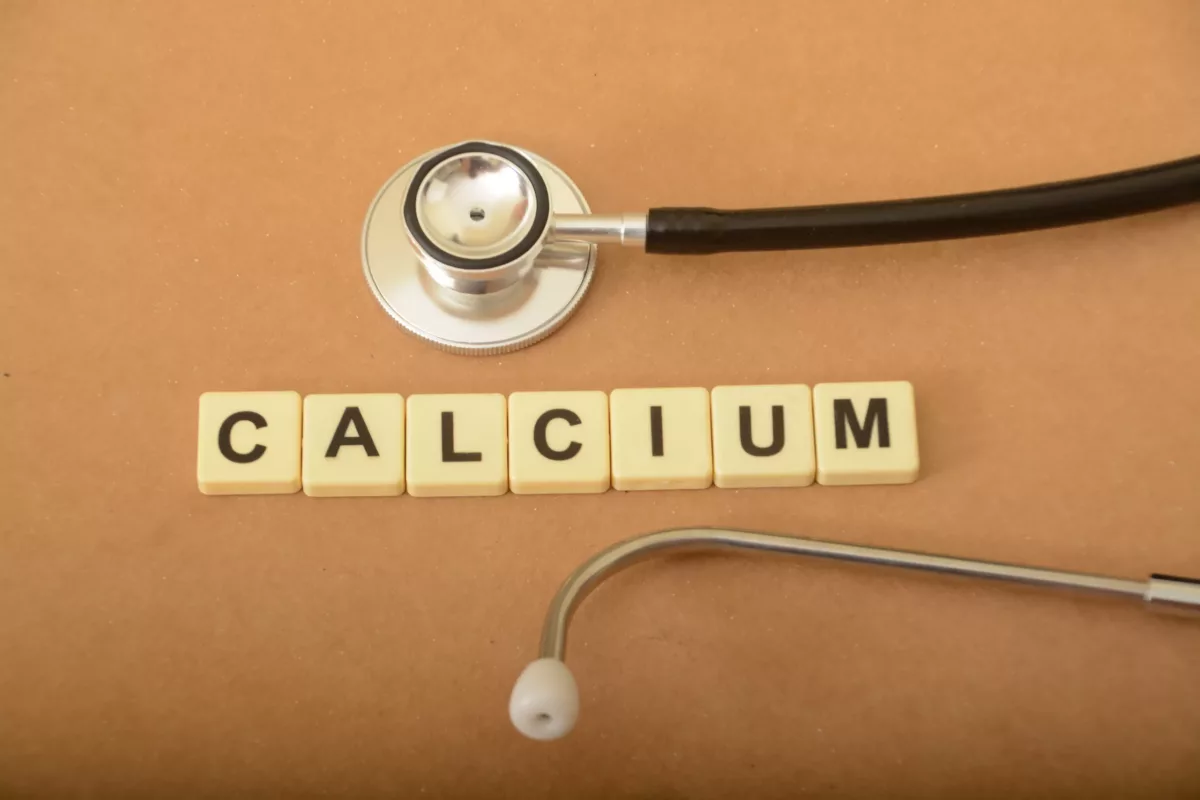A serious and even life-threatening condition that causes Calcium buildup in the small blood vessels of fat tissues and skin is called calciphylaxis. The most common symptoms include painful open sores (ulcers) on the skin, lumps under the skin, and blood clots.
Nowadays, it is not possible to determine the exact cause of this condition. However, many people with calciphylaxis experience kidney failure (a condition in which the kidneys no longer work). Therefore, many people with calciphylaxis need dialysis and even a kidney transplant. However, this dangerous Calcium buildup may occur even without kidney problems.
Healthcare providers usually recommend medicines, procedures, and surgery to treat this condition. In addition, you may get a prescription for medicines to prevent blood clots and infections and lessen pain and Calcium buildup.
Symptoms
People with this condition usually experience the following symptoms. Examples include:
- Deep and painful lumps under the skin
- Ulcers that do not heal on their own (commonly, ulcers appear on the stomach, thighs, buttocks, and breasts)
- Infections
- Extreme tiredness (fatigue)
- Weakness
- Bleeding
Immediately seek emergency care if any of the symptoms listed above happen.
Causes
It is not possible to determine the exact cause of calciphylaxis. However, the condition negatively affects the small blood vessels in the fat tissues and skin by causing the Calcium to build up. In most cases, people with kidney failure who receive dialysis develop this condition. However, doctors do not understand why people with this kidney condition are at increased risk of developing calciphylaxis.
Sometimes, people experience this condition due to overactive parathyroid glands that produce too many hormones, causing the calcium to build up. In any case, there are many people with hyperparathyroidism who never develop calciphylaxis, and a lot of people with kidney failure and calciphylaxis but do not have overactive parathyroid glands.
However, physicians identified some factors that could play a role in this condition. Examples include:
- Increased risk of blood clots
- Fibrosis (also known as thickening or scarring of tissue)
- Damage to the thin layer of the blood vessels (also called vascular endothelial injury)
- Inflammation (swelling)
- Decreased blood flow to the small arteries
Risk Factors
In most cases, people with kidney failure develop calciphylaxis. Check below for other risk factors:
- Sex – Women are more prone to develop this condition than men.
- Obesity
- Diabetes
- Liver failure
- Hypercoagulable states
- Mineral imbalance in the body
- Certain medications, including anticoagulants (such as Warfarin), corticosteroids, and others
- A medical history of dialysis
What are the Possible Complications of Calciphylaxis?
People with this disease may experience some complications, especially without treatment. Check some of them below:
- Severe pain
- Blood infections
- Large and deep ulcers that do not heal
- Death (in most cases caused by infection or organ failure)
Unfortunately, the prognosis of people with calciphylaxis is not hopeful. The key to treating the condition is early diagnosis and proper treatment.
How to Prevent Calciphylaxis?
Generally, it is not possible to prevent this condition because it is not clear what causes it. In any case, if you experience chronic kidney disease and require dialysis, you should monitor your Calcium and Phosphorus levels.
However, controlling Phosphorus levels may be difficult. Therefore, physicians may prescribe some medicines and recommend reducing foods that are rich in this mineral. Moreover, there are multiple ways available to prevent infections and other health problems caused by calciphylaxis. Consult with your healthcare professional for more details.
Diagnosis
Doctors usually diagnose this condition by performing a physical examination and asking questions about the symptoms and your medical history. They also may perform some tests to confirm the disease and exclude others that cause similar symptoms. For example:
- Skin biopsy – This test involves the removal of a small sample of the affected skin and checking it in the laboratory for abnormalities associated with calciphylaxis.
- Blood tests – These tests are done to determine kidney function and check levels of multiple substances in the blood. For example, creatinine, calcium, phosphorus, parathyroid hormone, vitamin D, and others.
- Imaging tests – These tests are usually done if the biopsy results are not clear or it cannot be done. Doctors usually perform X-ray scans to check where Calcium buildup occurs.
Treatment
Commonly, people with calciphylaxis require multiple treatments to restore oxygen and blood flow, decrease Calcium buildup, lessen pain, and others.
Restoring Oxygen
This treatment option usually involves medications such as anticoagulants to prevent blood clots and restore blood flow to the negatively affected tissues. In case previous medications do not work, physicians may use an experimental treatment called a low-dose tissue plasminogen activator. It helps dissolve blood clots located in the small blood vessels of the skin.
Another treatment option to restore oxygen is hyperbaric oxygen therapy. It involves breathing pure oxygen in a pressurized chamber. As per studies, this therapy can help control infections and reduce tissue loss.
However, an essential treatment option is wound care because it helps decrease the risk of infections and other life-threatening complications.
Calcium Buildup Reduction
Check below for some treatments usually used to decrease the amount of Calcium that builds up in the small blood vessels:
- Dialysis – People with kidney dialysis treatment may need some changes in their medicines and the duration of the dialysis.
- Medicine changes – Physicians may reduce the dose or even change the medicines if it triggers calciphylaxis. The most common triggers include Warfarin, Calcium and vitamin D supplements, corticosteroids, and Iron.
- Prescription medicines – Your doctor may prescribe some medicines (Sodium thiosulfate) to reduce the Calcium buildup in the tiny arteries. Commonly, people receive these medicines intravenously (IV) and during dialysis. They commonly prescribe Cinacalcet.
- Surgery – For people who develop calciphylaxis due to overactive parathyroid glands, parathyroidectomy may be an option.
In addition, physicians may also prescribe over-the-counter (OTC) and prescription pain relievers for people who experience severe pain.
Frequently Asked Questions
What are the main symptoms of calciphylaxis?
- Severe pain
- Skin color changes
- Ulcers that do not heal themselves
- Internal bleeding
- Vision problems
Seek emergency care if any of the previous symptoms occur.
What is the life expectancy of calciphylaxis?
Commonly, people with this condition live approximately 6 months after diagnosis. However, if the condition is found early and properly treated, the survival rate may increase.
What are the potential complications of calciphylaxis?
Without immediate treatment, this condition may cause life-threatening complications. For example:
- Severe pain
- Non-healing ulcers
- Amputation
- Sepsis
- Organ failure
- Death
This article does not contain all possible complications of calciphylaxis. However, ask your healthcare provider if you have additional questions.




